Hi everyone, in this previous post https://ecency.com/hive-194913/@ilvime79/introduction-to-camera-trap I introduced you to this special technique: Camera Trap. If you missed it, please go and check it out.
In this post I’m going to give you some bigger tips.
A beautiful Red Fox caught on my reflex-trap
(Nikon D5200 + Nikon 18-105 + 2 flashes)
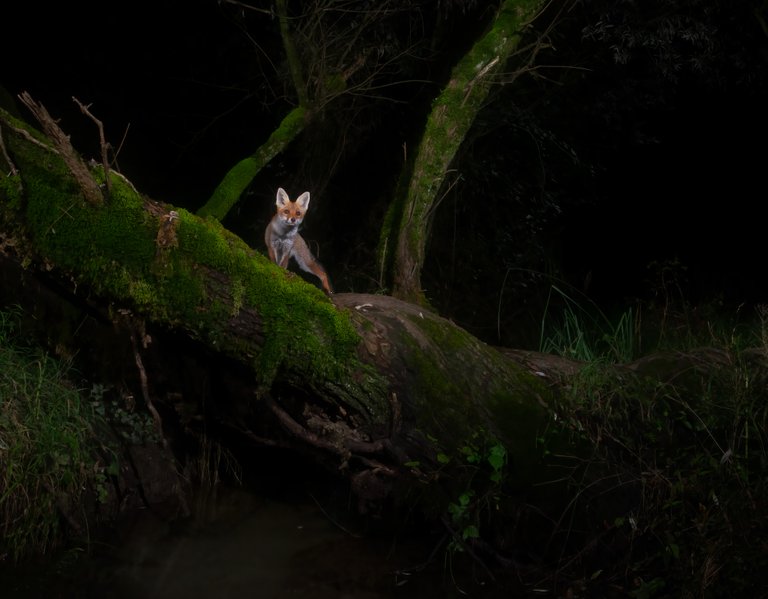
As I was saying in the other post, you don't need an expensive equipment for practicing this technique, an old reflex entry level (Nikon D3100, Canon 500D or similar) with a lens kit (18-55, 18-105 or similar) is enough to take stunning pictures. In fact:
Autofocus permormance: it's not important because you must shoot in manual mode.
High ISO: you’re going to use low sensitivity, usually 200 to 800 ISO, so any modern camera is ok for that range.
Dynamic Range: An exceptional dynamic range is not required in this technique. Besides, you will illuminate the scene with flash, this way you will not need to recover lights or shadows.
Female Deer crosses a river at the crack of dawn.
(D5200+ 18-105 + 3 flashes)
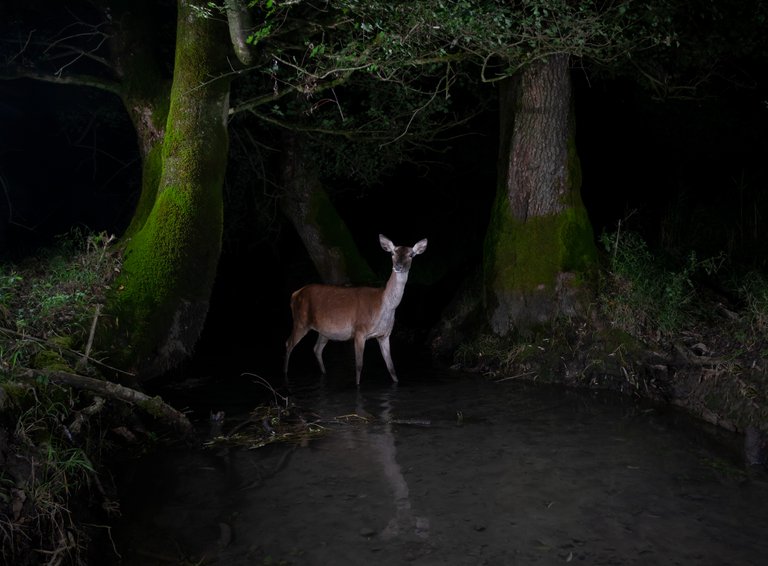
About the location:
It's important to know wildlife animals and their behaviour. Read and study everything you can about this. My advice is to use a cheap trail camera for some weeks to find the subjects and discover a lot of other things. Be aware that you cannot use it in public places, private properties and protected areas as well, at least without a regular permission.
Ask always permission before setting your trail camera or reflex-trap.
Every country has different laws, be patient and check everything out.
A Victure trail camera. The modernest models can send images and videos directly on your smartphone!
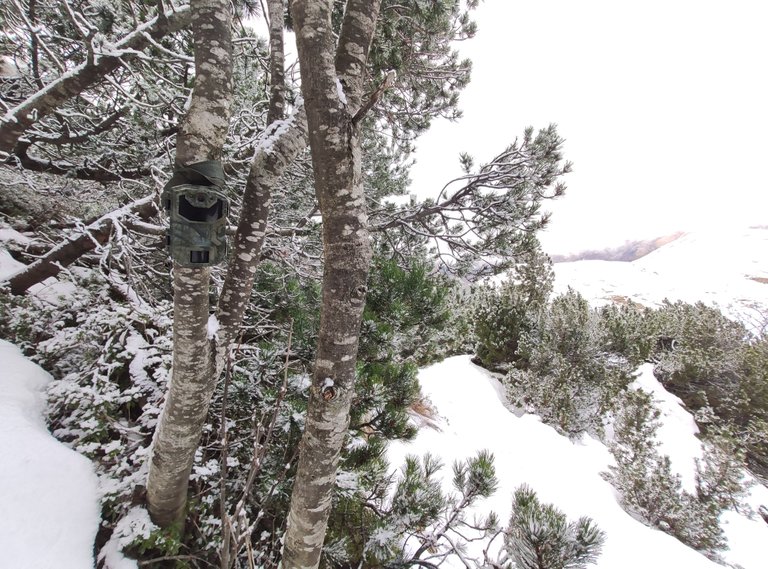
The smart Beech Marten (D5200 + Sigma 10-20 + 2 flashes)
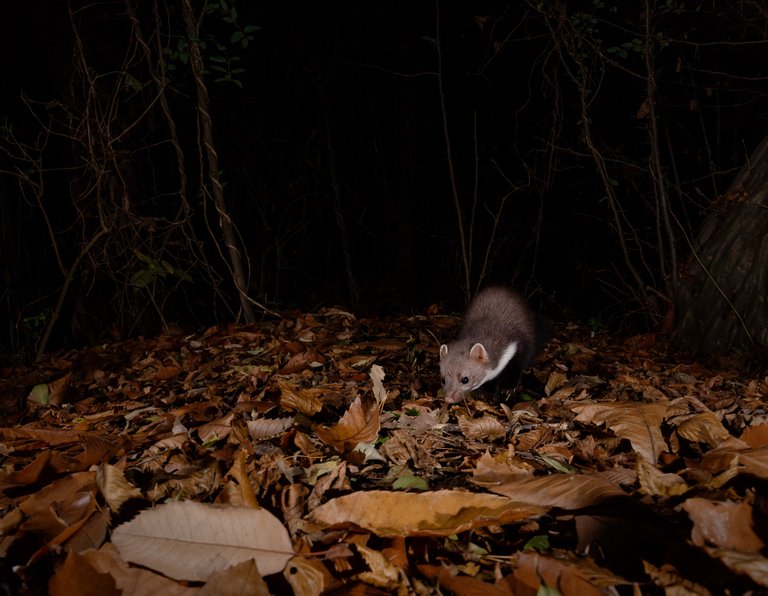
About flash and triggers:
The best flash models for Camera trap are the Nikon SB series. SB28 are undoubtedly the best. They are no longer available, but can be easily found in the used market. SB24 and SB25 are cheaper and they do a good work too. You can use these Nikon flashes with any other brand (Canon etc...) using a special device called trigger.
Flash triggers consist of the main transmitter which sit on the top of your camera, where you would usually mount your flash. Once this transmitter is mounted, you then mount a receiver trigger onto the external flash of your choice. That's it.
I suggest Camtraptions triggers because are very reliable and easy to use.
European Badger caught on my reflex-trap.
(D5200+ 18-105 + 2 flashes)

About motion sensor:
I suggest to use a PIR (Passive InfraRed) sensor. PIR sensor is a thermal infrared sensor which detects the motion of objects on reading temperature variations in its nearby environment. When an animal passes through the sensor the photo is taken! Thanks to the triggers, flash will be perfectly synchronized with the shot.
Camtraptions V3 is the best model for camera trap, in my opinion.
In the following pictures you can see the difference of the light, during different times of the day
Chamois in the early morning
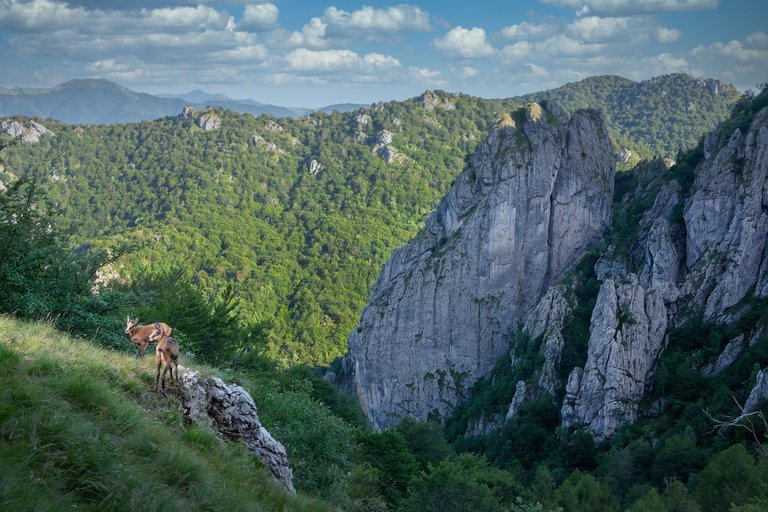
Chamois at sunset 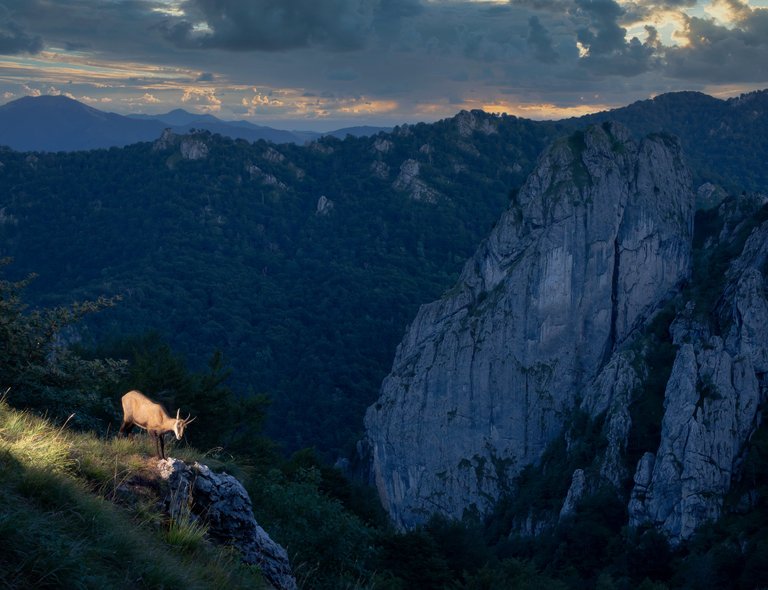
Chamois at night, in the same location 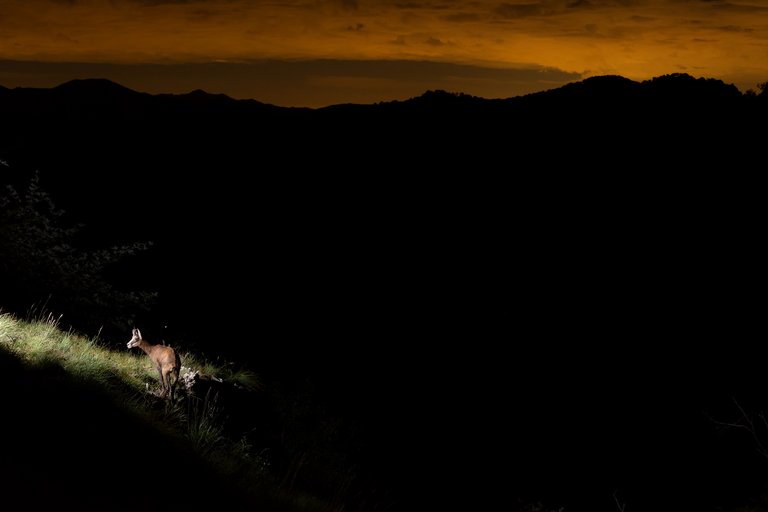
(Pictures taken with D5200+ 18-105 + 1 flash)
Sometimes you are trying to photograph an animal, but you catch something else. This time I was trying to catch Beech Marten during the night time. I tried several days unsuccessfully, then one morning a Red Squirrel passed by the camera and I got this shot.
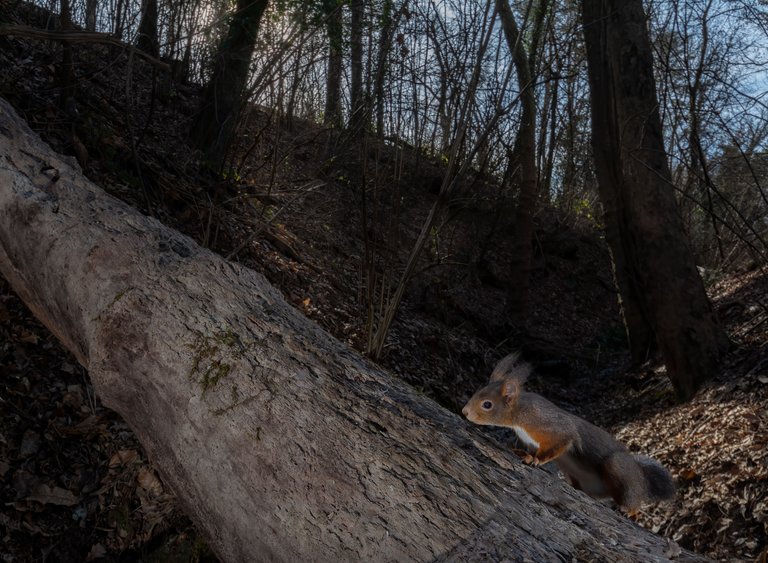
In a next post I will explain:
- how to build a protective case for your equipment, for rain, snow, umidity and other atmospheric agents.
- how to focus in camera trap (manual mode)
- how to set the camera
- how to set flashes power
- how to camouflage everything
Let me know if you want to know something else! Thanks for the attention!
